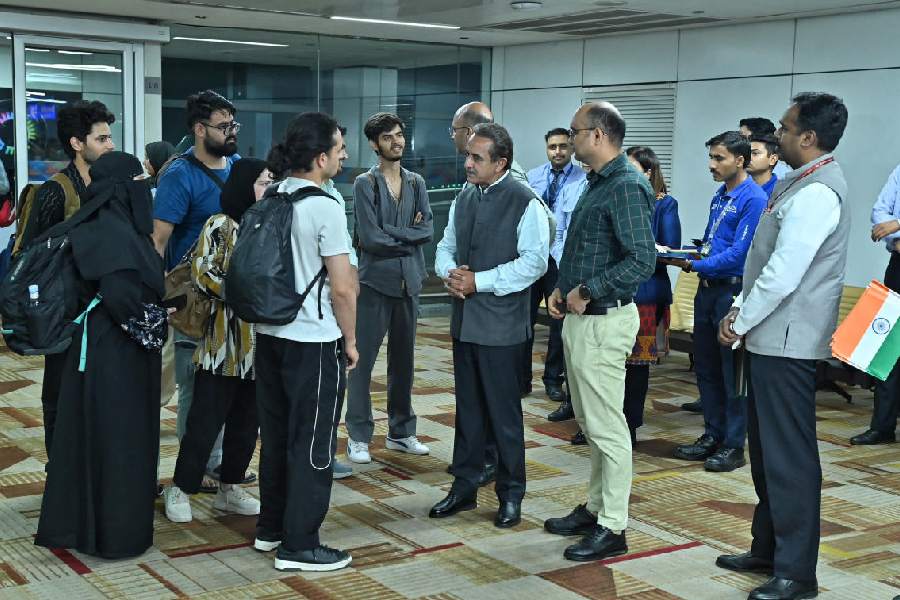 |
| National Research Centre for litchi. Picture by Puja |
Muzaffarpur, Aug. 4: In a unique experiment on fruits, the National Litchi Research Institute, Mushahri in Muzaffarpur, has taken up the task of giving two foreign litchis a national identity.
After conducting the necessary physiology and classification tests in the National Litchi Research Institute, two foreign plants from Indonesia and Thailand named Rambutan and Logan have been selected for reproduction here.
The Indian Council of Agriculture Research (ICAR) — a wing of the Union agriculture ministry — has allowed the NLRI for such experimentation on new species.
Senior National Litchi Research Institute scientist Rajesh Kumar told The Telegraph that the research institute has imported plants of two rich varieties of litchi from the two countries for high-end tests.
The laboratory test found the varieties to be fit for sandy soil, perfect for growing it in the districts of north Bihar, particularly areas near the river.
Later, as part of the experiment, the National Litchi Research Institute planted two plants on the sprawling premises of the institute for further dissemination among litchi growers.
ICAR has also asked the National Litchi Research Institute, Muzaffarpur, to form a team of scientists to tour the litchi isle of north Bihar that includes areas like Vaishali, Muzaffarpur, Sitamarhi, Champaran, Darbhanga, Madhubani, Sheohar, Bhagalpur, Katihar, Khagaria and its adjoining belt as they are considered ideal for cultivating litchi. The National Litchi Research Institute will also inform traditional growers about the advantages of planting foreign plants.
Bholanath Jha, the farmers’ representative to Agriculture Technology Management Authority, a World Bank- funded agency, said: “It is high time that farmers of succulent litchi shun old trees and adopt new varieties developed by National Litchi Research Institute, Muzaffarpur scientists.”
Age has rendered old trees unproductive and its fruits prone to attack by insects. So the demand for fruits of old trees that lacks minimum sweetness and pulp has dipped. The fruit, today, is cultivated on 46,000 hectares in north Bihar.
Meanwhile, the ICAR has also come up with an idea of rejuvenating old litchi plants for traditional growers.
ICAR has assigned the task to the National Horticulture Mission of India and has allocated Rs 72 lakh for the project.
ICAR’s aim is to increase the size and shape of litchis to attract buyers in the national and international markets. It has also decided to provide subsidy on the expenses incurred on the chemical treatment of trees under the rejuvenation plan.
Bhawani Shankar of Bochahan block of the district said he has carried out rejuvenation work on the old plants in his orchard and found the results satisfactory.











